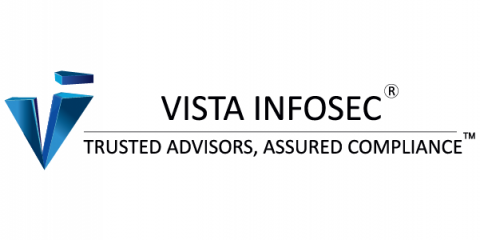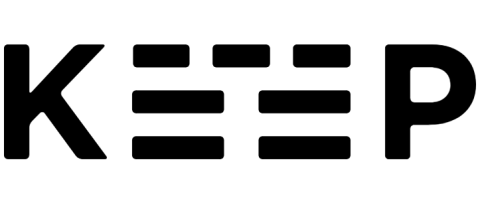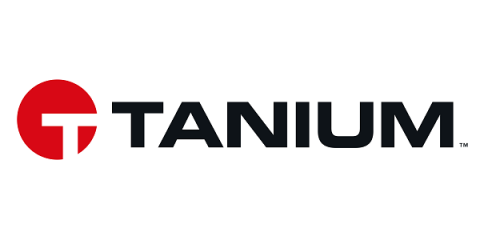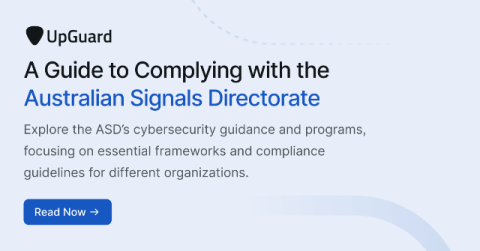Data Disaster: Los Angeles Public Health Department Suffers Biggest Data Breach
On June 17, 2024, the Los Angeles County Department of Public Health (DPH) disclosed a data breach impacting more than 200,000 clients, employees, and other individuals. The stolen data includes personal, medical and financial information. The DPH said the incident took place between February 19-20, 2024, was caused by a gang of cyber criminals who gained access to the log-in credentials of email accounts of 53 employees through a phishing email.











